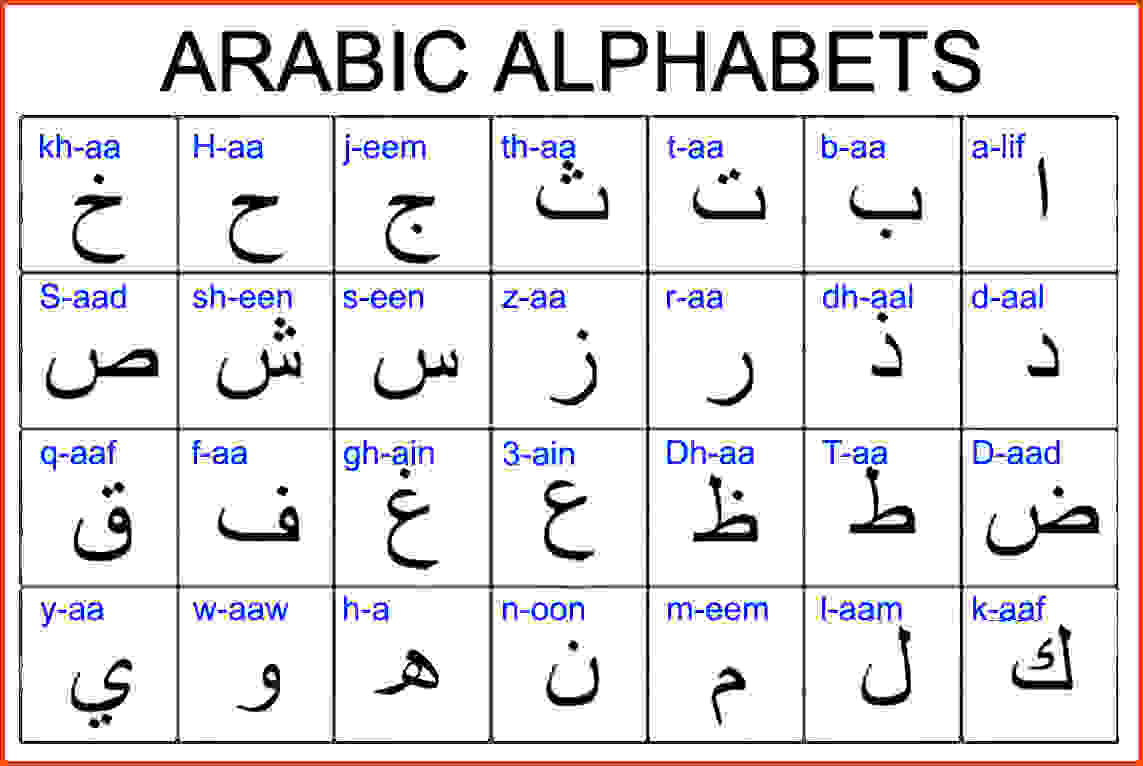
This letter is no longer used, as the /β/-sound changed to / b/, e.g.

Historically, in Early New Persian, there was a special letter for the sound / β/. For clarification, they are often called ḥä-ye jimi (literally " jim-like ḥe" after jim, the name for the letter ج that uses the same base form) and hâ-ye do-češm (literally "two-eyed he", after the contextual middle letterform ـهـ), respectively. The only ambiguous name is he, which is used for both ح and ه. The names of the letters are mostly the ones used in Arabic except for the Persian pronunciation. Since the script is cursive, the appearance of a letter changes depending on its position: isolated, initial (joined on the left), medial (joined on both sides) and final (joined on the right) of a word. See: Tajik alphabet § History.Įxample showing the Nastaʿlīq calligraphic style's proportion rules īelow are the 32 letters of the modern Persian alphabet. Ultimately resulting in the Cyrillic-based alphabet used in Tajikistan today. With the Uyghur language in western China being the most notable exception.ĭuring the colonization of Central Asia many languages in the Soviet Union, including Persian, were reformed by the government. In the past the use of the Persian alphabet was common amongst Turkic languages, but today is relegated to those spoken within Iran, such as Azerbaijani, Turkmen, Qashqai, Chaharmahali, and Khalaj.

Today, extended versions of the Persian alphabet are used to write a wide variety of Indo-Iranian languages, including Kurdish, Balochi, Pashto, Urdu, Saraiki and for muslim speakers of Punjabi Sindhi and Kashmiri. Under the influence of various Persian Empires, many languages in Central and South Asia that adopted the Arabic script use the Persian Alphabet as the basis of their writing systems.

By the 9th-century the Perso-Arabic alphabet became the dominant form of writing in Greater Khorasan. In the 8th century the Tahirid dynasty and Samanid dynasty officially adopted the Arabic script for writing Persian, followed by the Saffarid dynasty in the 9th century, gradually displacing the various Pahlavi scripts used for the Persian language prior. A new influx of Arabic vocabulary soon entered the Persian language. Classical Persian literature and Poetry were affected by this simultaneous usage of Arabic and Persian. Following which, the Arabic language became the principal language of government and religious institutions in Persia, which led to the widespread usage of the Arabic script. The Arabic Alphabet was introduced to the Persian-speaking world after the Muslim conquest of Persia and the fall of the Sasanian Empire in the 7th century. The Persian alphabet is directly derived and developed from the Arabic alphabet. The script is cursive, meaning most letters in a word connect to each other when they are typed, contemporary word processors automatically join adjacent letter forms. The script is mostly but not exclusively right-to-left mathematical expressions, numeric dates and numbers bearing units are embedded from left to right. It is used for the Iranian and Dari standard varieties of Persian and is one of two official writing systems for the Persian language, along side the Cyrillic-based Tajik alphabet. It was the basis of many Arabic-based scripts used in Central and South Asia. It is a modification of the Arabic alphabet with four additional letters added: پ چ ژ گ.

The Persian alphabet ( Persian: الفبای فارسی, romanized: Alefbâye Fârsi) is the right-to-left alphabet used for the Persian language.


 0 kommentar(er)
0 kommentar(er)
